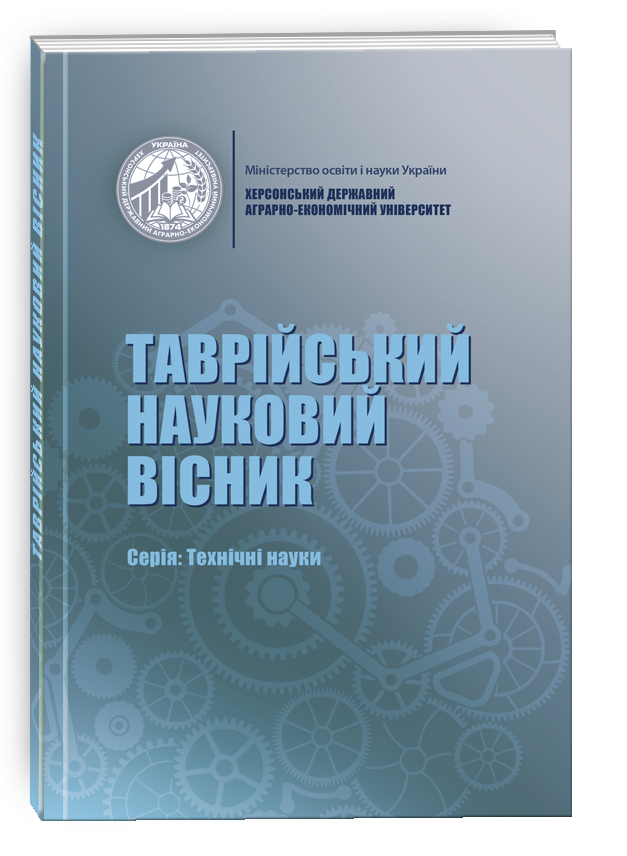MODIFIED IMAGE SEQUENCE COMPRESSION ALGORITHM
DOI:
https://doi.org/10.32851/tnv-tech.2023.1.4Keywords:
compression, quantization, optical flow, key points, pixel, descriptor, frame, entropy, fragment, decoding.Abstract
With the spread of both digital media and the Internet in the modern world, the question of storing and transferring data in digital format is becoming increasingly common. The needs of users are growing faster than the hardware technologies of data storage and transmission are developing, so the question of software optimization of data processing processes is becoming more and more common. In addition to load balancing mechanisms, optimization of network transmissions at the transport level, data compression mechanisms play an important role. Data compression implies a reduction in the size of analyzed information due to the fact that the larger size is not a random set of bits, but obeys a certain law. In other words, it exploits the fact that the data are dependent or random variables, or random variables subject to a certain, non-uniform distribution function. More data transmitted on the network - photo and video files. For fast transfer of these files and their compact storage, efficient compression algorithms are needed, which are able to quickly and efficiently compress individual images and a system of video frames. The problem with compressing video frame positions is the computational complexity of finding image correlation regions, which is designed to improve compression by encoding the image references of the image region and the difference between the previous and next image instead of encoding the full source image. The challenge when compressing a set of images is to remove the overall context of the image data in order to improve compression quality. In this work, we will consider the features of image compression, explore approaches for finding similar areas, optical flows, and implement a model that allows increasing the efficiency of image sequence compression.
References
Р. Вудс. Цифровая обработка изображений. Москва : Техносфера, 2005.
Стискання на основі передбачення значень пікселей. [Електронний ресурс]. https://www.csd.uwo.ca/~melsakka/publications/journals/pdfs/2007_jvcir_ Nathan ael.pdf
Стискання на базі передбачення збігу значень довколишніх в двумірному сенсі пікселей зображення. [Електроний ресурс]. https://naun.org/main/NAUN/ computers/17-679.pdf
Вейвлет перетворення для стискання зображень. [Електроний ресурс]. https://www.researchgate.net/publication/266018963_Wavelet_image_compressi on
Стандарт JPEG. [Електроний ресурс]. https://web.stanford.edu/class/ee398a/ handouts/lectures/08-JPEG.pdf.
Гістограми орієнтованих градієнтів для виявлення людини [Електронний ресурс]. http://lear.inrialpes.fr/people/triggs/pubs/Dalal-cvpr05.pdf
Зіставлення зображень за допомогою SIFT, SURF, BRIEF і ORB: порівняння продуктивності для спотворених зображень [Електронний ресурс]. https://arxiv. org/pdf/1710.02726.pdf
FFD: швидкий детектор функцій [Електронний ресурс]. https://ieeexplore. ieee.org/document/9292438
Основи Brute-Force Matcher [Електронний ресурс]. http://man.hubwiz.com/ docset/OpenCV.docset/Contents/Resources/Documents/dc/dc3/tutorial_py_matcher. html







